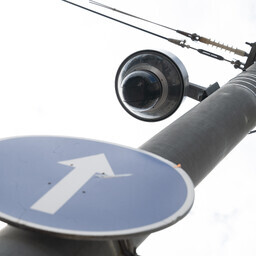The new bill on the use of license plate recognition cameras is making progress. However, some points are unclear and need clarification, says legal scholar Carri Ginter.
The main problem is that the concept of security in the bill is not clear enough. This could lead to broad interpretation. Ginter asks what exactly the use of security cameras means.
According to Ginter, external control is needed. The control should show whether the reasons for installing the cameras are justified. It should also be checked whether the cameras are used only in case of a genuine need.
Interior Minister Igor Taro said that only those who need it will have access to the data. Ginter believes that the number of people with access should be further reduced. He asks whether people would trust their data to thousands of people.
Ginter raised further questions that the bill does not answer. For example, what happens to cameras that do not have the ability to recognize license plates? Also, which cameras have been removed and how are people notified when their data is viewed?
Ginter believes that experts should address these issues. He says that license plate recognition camera recordings show where and when someone moved. This is similar to communication data.
The Legal Affairs Committee of the Riigikogu made a proposal to the government to clarify how the cameras work. Security now also includes threat prevention. Currently, the bill allows recording all vehicles passing the camera.
The Ministry of Justice and Ministry of Economic Affairs and Communications did not agree with this definition. They believe that cameras should only be used in case of a specific threat.
The new bill also allows the Tax and Customs Board to use data from the police license plate recognition system. The data is retained for two years from the date of the request. After that, it must be deleted.

